Alligators, primarily freshwater animals, are commonly found in marshes, swamps, rivers, and lakes. However, they are known to travel to saltwater to hunt for prey.
Do Alligators Go In Saltwater?
They cannot stay long in saltwater due to the risk of dehydration, as they lack salt glands to pump sodium ions out of their bodies. Consequently, the majority of their time is spent in freshwater, with only a minority venturing into brackish water, which is only slightly salty. A smaller portion can handle saline water, but only for short visits, typically a few hours.
Younger alligators find it more difficult due to their less thick skin compared to adults, who are better built for brief excursions into saline environments. They are often sighted swimming near South Florida and the Gulf of Mexico, but they do not reside permanently in these areas. Instead, they return to freshwater streams and ponds, their primary habitats.
Table of Contents
Alligators aren’t just freshwater animals
Contrary to common belief, alligators are not exclusive to freshwater habitats. My foray into this fascinating topic began when I stumbled upon a study by Ecologist James Nifong from the Kansas Cooperative Fish and Wildlife Research Unit, Kansas State University, Manhattan. His research, published in the Southeastern Naturalist, unveils an intriguing aspect of American alligator (Alligator mississippiensis) behaviour.
These crafty reptiles, known for their varied diet, are often spotted in estuarine zones – the mixing bowls of river and ocean waters. This discovery challenges the traditional textbook notion that gators are strictly freshwater denizens. In my own experiences, wading through the mangrove swamp in Florida in 2003, I’ve seen them lurking in areas where salty waters and freshwater meet, displaying an appetite for marine creatures.
During my time as a birder and amateur naturalist in Hilton Head, S.C., I have observed these gators in salt marshes and even saltwater environments. They are not just confined to freshwater locales; their menu often includes saltwater species like crabs, sea turtles, and even sharks.
Wildlife biologist Russell Lowers, based at the Kennedy Space Center, Cape Canaveral, Fla, provided an eyewitness account of alligators consuming Atlantic stingrays and flattened sharks – the latter’s wings reminiscent of their snacks. Even more astonishing, nurse sharks, lemon sharks, and marine turtles have been part of their diet since the 1990s.
This species’ adaptability in estuary environments, where salty and freshwater merge, echoes my own observations of them venturing beyond their assumed ecological niche. As a U.S. Fish and Wildlife Service representative pointed out, the bonnethead shark was also identified as part of their diet, a fact I corroborated during my research trips to Florida.
Do Alligators Go In Saltwater? Figuring out the menu
While conducting fieldwork, I’ve seen alligators skillfully adapt to saltwater environments, a fascinating feat given their lack of specialized salt glands. James Nifong’s research highlights how these reptiles manage the pressures of saltwater habitats. Unlike in freshwater, the salt in their blood system can cause stress and potentially death.
Yet, they’ve learned to deal with this by using their nostrils and throat, where a cartilage-based shield helps drain excess salt while gulping water. Their technique for catching prey is equally remarkable. During rain showers, they catch and drink rainwater from the freshwater layer on the surface, a clever adaptation I observed firsthand.
In the wild, their stomachs often contain evidence of their varied menu. When capturing them for study, we used tools like electrical tape, duct tape, zip ties, and a blunted hook to gently secure the animal next to the boat. A noose around the neck and tapes over the mouth were necessary for safety during body measurements, including weight and toe length, and for collecting blood samples and urine samples.
Velcro ties, rope, and a sturdy pipe helped prevent bites. Once secured, a tube inserted through the throat—much like a Heimlich manoeuvre—allowed researchers to examine stomach contents without harm. The loose nature of their diet in saltwater is a testament to their incredible adaptability.
Where can you find Alligators in the United States?
Alligators are predominantly found in the southeastern United States, with the largest populations in Florida and Louisiana. These reptiles also inhabit Mississippi, Alabama, South Carolina, North Carolina, Georgia, Arkansas, and to a lesser extent, Texas.
While the common perception is that they are exclusive to these states, occasional sightings have been reported in less typical habitats such as Arizona, Colorado, Oklahoma, Kansas, and surprisingly, even in New York. However, it’s important to note that these sightings in the northern states are rare and often linked to released or escaped pets rather than native populations.
In their natural habitat, alligators thrive in the warm, wet environments of the southeastern states, where they have adapted to both freshwater and, as recent studies show, saltwater environments.
Did you Know: In Florida, a unique phenomenon exists: it’s the only location in the United States where two types of crocodilians – both alligators and crocodiles – coexist in the wild, especially noticeable in South Florida where one can observe these majestic creatures.
When and where you can see alligators?
Alligators are most active during the night and twilight hours, especially around dawn and dusk, making these times ideal for sightings. Although known as shy creatures that usually avoid contact with humans, they can be observed in wildlife refuges and state parks, where they feel safe and undisturbed. One can spot these animals while kayaking or hiking in their natural habitat, but it’s crucial to give them space and not approach too closely.
They may look slow and sluggish but can be surprisingly fast and active. Their activity peaks between March and October, coinciding with warmer weather. During the cooler months, alligators often bury themselves in the mud to stay warm and conserve energy, as they are ectothermic, relying on external heat sources to regulate body temperature.
How far do alligators roam?
Alligators typically stay within their home territory, but the distances they roam can be quite remarkable. Males are known to travel up to 12 miles from their home base, whereas females usually travel about half that distance. Interestingly, they are often found within the general area where they were born and raised, indicating a strong territorial instinct and attachment to their birthplace.
What impact do Alligators have on their Ecosystem?
Alligators, as an apex predator and keystone species, play an important role in their ecosystem. They help to maintain the balance of their habitat by consuming a variety of prey like fish, snakes, turtles, birds, and small mammals. This predation helps to control these populations, keeping them in check.
Note: During droughts, alligators are known to dig ‘gator holes‘, which reach groundwater and bring fresh water to the surface, providing essential drink and food chain resources for other wildlife.
How Dangerous are Alligators?
While alligators might look dangerous, they are inherently shy and typically avoid contact with humans. There are exceptions to this rule, as they are still wild animals and should be treated with respect. It’s important to remember that they are not pets and should never be approached or fed, as this can lead to dangerous situations and alter their natural behaviour.
Alligator Overview
Alligators, part of the reptile family Alligatoridae and the order Crocodylia include species like the American alligator (Alligator mississippiensis) and the Chinese alligator (Alligator sinensis).
The American alligator is one of the largest in North America, known to grow in length and weight significantly. Their habitats span freshwater environments like swamps, marshes, and rivers, but they can also adapt to brackish water and occasionally saltwater environments, including ocean coastal areas and estuaries.
The Chinese alligator, smaller and critically endangered, is native to China. Both are carnivorous, feeding on fish, turtles, birds, and mammals. Their hunting technique involves lunging with powerful jaws. Behaviorally, they are known for their bellowing calls used to communicate and regulate their body temperature by basking in the sun and cooling off in the water.
Physical Adaptations
Though alligators are primarily freshwater animals, they have the ability to tolerate saltwater to an extent, enabling them to live not only in lakes and rivers but also in brackish habitats like estuaries, mangrove swamps, and coastal marshes. This adaptation doesn’t typically extend to full oceanic environments, but it does allow them to be found in areas where freshwater and saltwater intersect, showcasing their remarkable versatility.
1. Swimming Abilities
Alligators are strong swimmers, thanks to specific adaptations that allow them to move efficiently through water. Their tails, flattened on the top and bottom, act as a powerful propulsive force. The legs tucked to the sides of their bodies enhance manoeuvrability, making them adept at swimming even in challenging environments.
Additionally, their ability to hold their breath for extended periods while swimming underwater is remarkable, showcasing their adaptability to different aquatic habitats.
2. Structural Features
Alligators possess unique structural features that enable them to survive in various aquatic habitats, including both freshwater and saltwater. Their eyes and nostrils are positioned on the top of their heads, allowing them to see and breathe while mostly submerged. A special valve in their throats seals the oesophagus when underwater, preventing water from entering their lungs.
Their powerful jaw is capable of crushing bones, while their snouts, being narrow, are effective in catching prey on land as well as in water. Additionally, their teeth are sharp and pointed and can be replaced throughout their lives, maintaining their efficiency as predators.
3. Cold-Blooded Nature
Alligators, being cold-blooded animals, have their body temperature regulated by the environment rather than internally. This trait allows them to conserve energy, becoming more active in cooler temperatures. They often bask in the sun to warm up and then retreat to the water to cool down when it gets too warm. This ability to adapt their body temperature to environmental conditions is key to their survival in both freshwater and saltwater habitats.
A broad and varied diet
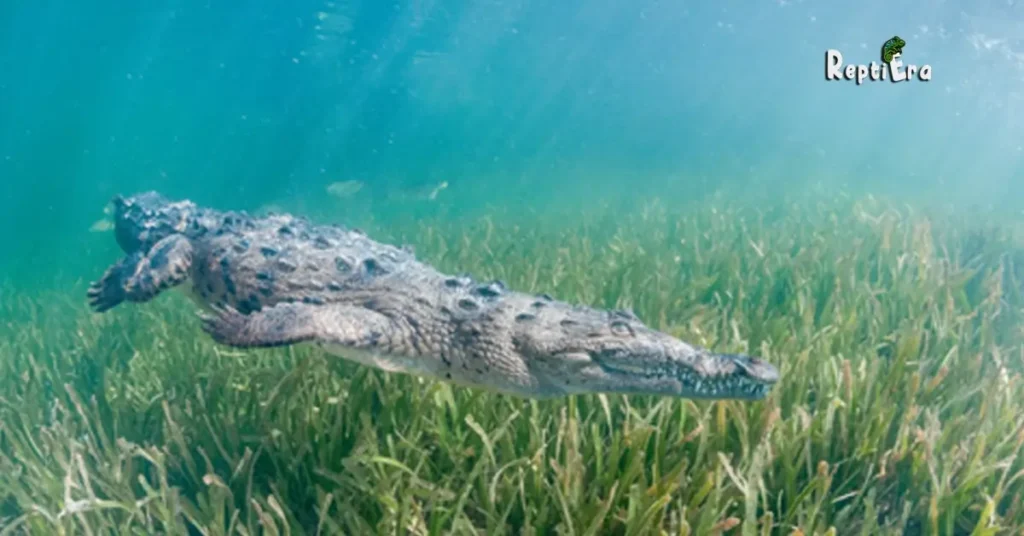
During my tenure in a lab where James Nifong and his colleagues worked, I had the chance to tease out insights from the stomach contents and blood of alligators, revealing their surprisingly rich marine diet. These apex predators eat a diverse array of meals ranging from small fish, mammals, birds, and insects, to crustaceans, fruit, and seeds. Notably, their menu extends to sharks, rays, and sea turtles, which I’ve personally spotted them munching on.
This speculation about their diet was confirmed when tissues of these prey were found to digest quickly, sometimes within days after being caught. This is the only way we know what they eat and it’s an important finding in our discovery of how alligators travel between saltwater and freshwater environments, utilizing these dual dining zones.
They inhabit a wide variety of habitats in the U.S. Southeast, extracting nutrients from both marine waters and fresh waters, impacting estuarine food webs more than we ever imagined.
Every prey item on an alligator’s menu, from the blue crab that can scare the bejesus out of you to the decrease in predation of snails and cordgrass at the base of the local ecosystem, plays a crucial role in their interaction with their surroundings. This knowledge is vital in planning effective conservation programs.
Hunting Techniques
Alligators are skilled hunters, employing various techniques to catch prey. As ambush predators, they often use a sit-and-wait strategy, remaining motionless in the water with only their eyes and nostrils above the surface. When a potential meal comes within striking distance, they lunge with lightning speed, clamping down with their jaws.
For larger prey like deer and wild boar, they utilize the death roll, a powerful and rapid spin of their bodies, twisting and tearing chunks of flesh. This method is particularly effective for subduing and dismembering larger prey.
Related Post: DO ALLIGATORS EAT CAPYBARAS?
FAQs
Are crocodiles freshwater?
Yes, while many crocodile species thrive in freshwater habitats like rivers, lakes, and wetlands, there are exceptions. Notably, the saltwater crocodile is well adapted to tolerate saltwater environments, showcasing the diverse adaptability of this reptilian family.
Where to see alligators?
Alligators are most commonly found in freshwater habitats within the southeastern United States, particularly in Florida and Louisiana. Their preferred environments include swamps, marshes, and rivers, where they are often seen by visitors.
How long do alligators live?
Alligators typically live for about 50 years in the wild, but some individuals can survive even longer in captivity. This longevity reflects their adaptability and resilience in various environments.
Do crocodiles live in the ocean in Florida?
In Florida, crocodiles are not commonly found in the ocean, but they are occasionally seen in brackish water areas along the coast. This reflects their adaptability to various aquatic environments.
Do crocodiles like saltwater?
Certain species of crocodiles, particularly the saltwater crocodile, are well adapted to tolerate saltwater environments. They often live in coastal areas and estuaries, showcasing their unique ecological adaptability.
Why do alligators end up in the ocean?
Although alligators are primarily freshwater animals and not adapted for living in saltwater environments, they are occasionally found in the ocean. This can happen due to natural disasters like hurricanes and storm surges, or through human activity, where they are transported via boats or canals.
Do alligators live in the ocean?
While alligators are primarily freshwater animals, they don’t typically live in the ocean. They may be encountered swimming in salt water for short periods, tolerating it for hours or even days, but they predominantly inhabit swampy areas, rivers, streams, lakes, and ponds.
Can alligators survive falling?
A surveillance camera in Shenzhen, China, filmed a shocking scene where an alligator fell from a high-rise building. Astonishingly, the animal survived the fall, though it was slightly injured.
Conclusion
In conclusion, the exploration into the behaviour and adaptability of alligators in saltwater reveals a complex and fascinating aspect of these reptiles. While primarily freshwater animals, alligators demonstrate a remarkable ability to tolerate and even thrive in saltwater environments for short periods. Their presence in diverse habitats, from swamps and marshes to estuaries and coastal areas, underscores their ecological versatility. The species’ physical and hunting adaptations, along with their role as keystone species in their ecosystems, highlight the importance of understanding and preserving these remarkable creatures. Whether observed basking in the sun or navigating brackish waters, alligators continue to intrigue and surprise us, challenging our perceptions and showcasing the intricacies of nature’s adaptability.


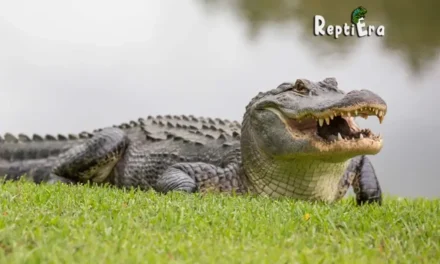
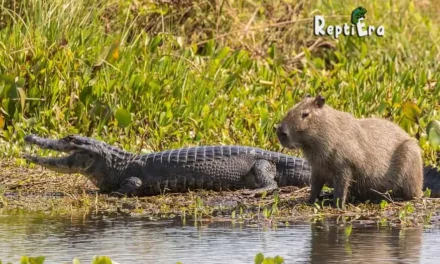
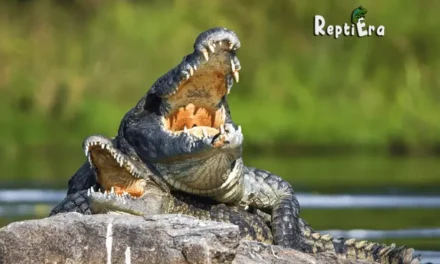
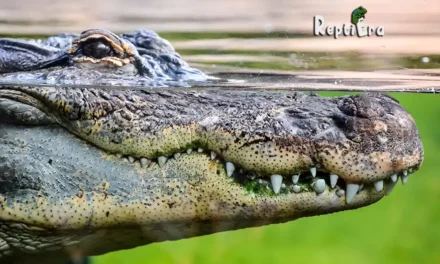
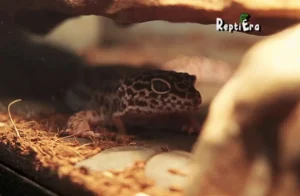

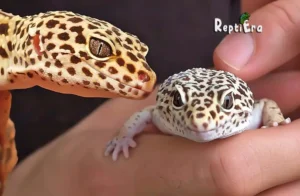
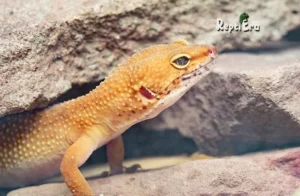
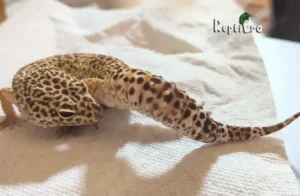
very nice publish, i actually love this website, carry on it
That is very attention-grabbing, You’re an excessively skilled blogger. I have joined your feed and stay up for in the hunt for more of your fantastic post. Additionally, I’ve shared your web site in my social networks!